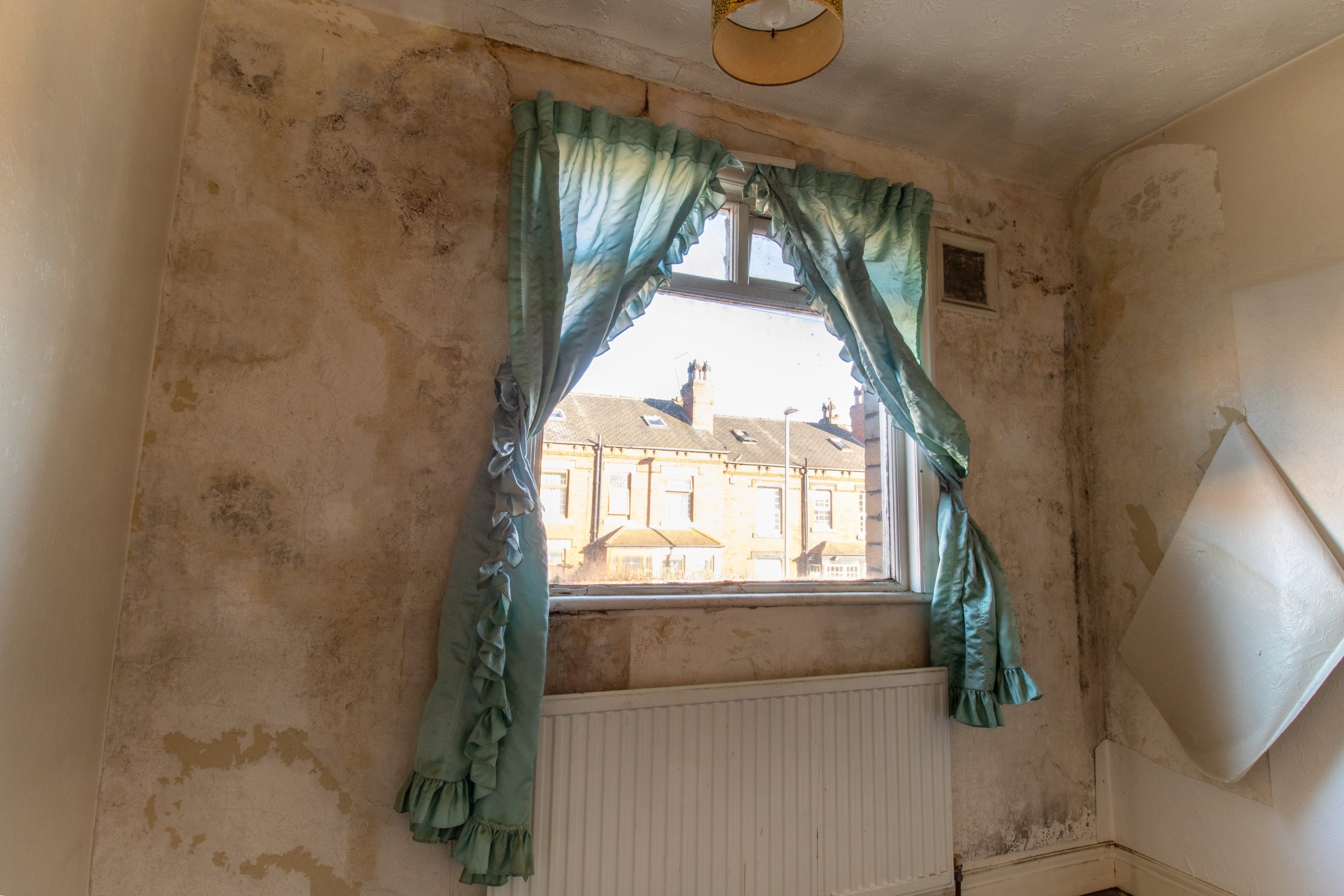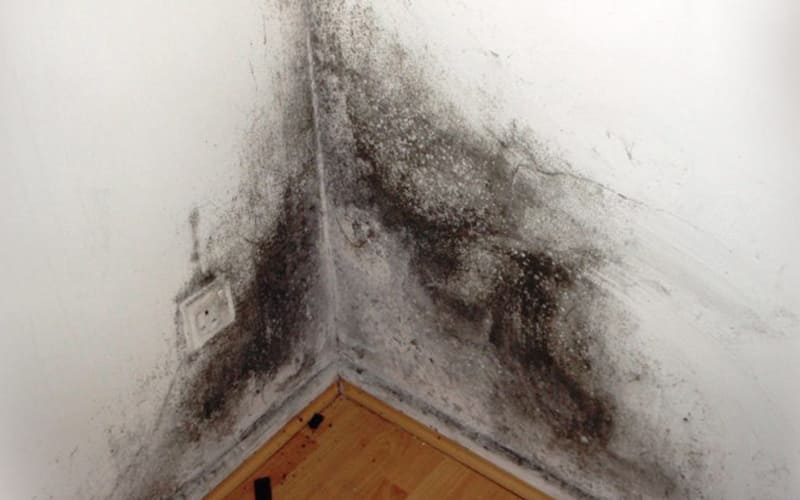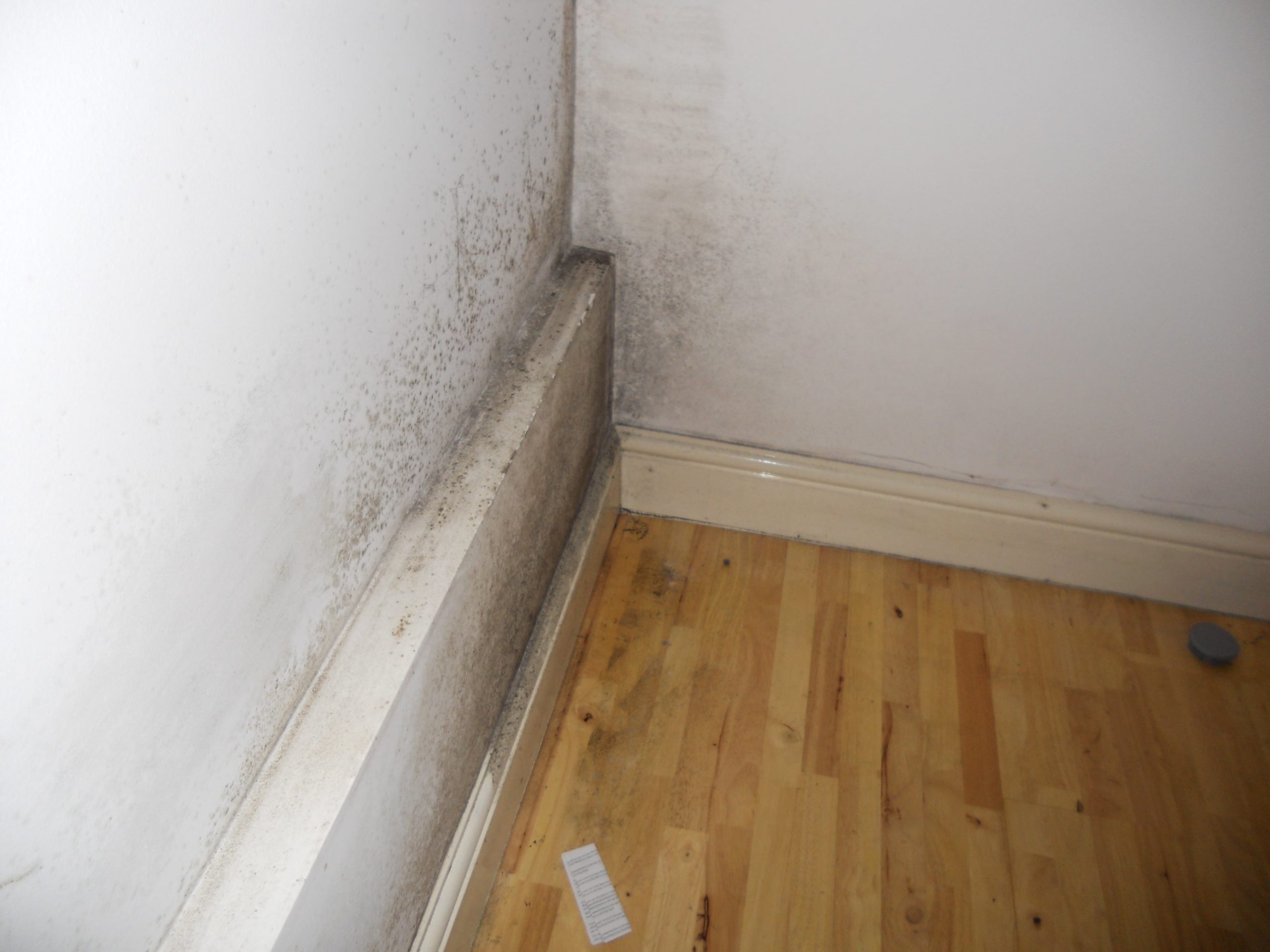Causes of Dampness on Internal Bedroom Walls: Damp On Internal Bedroom Walls

Dampness on internal bedroom walls is a common problem that can cause a range of issues, from aesthetic blemishes to health hazards. Understanding the underlying causes is crucial for effectively addressing the problem and preventing its recurrence.
Condensation
Condensation occurs when warm, moist air comes into contact with a cold surface, causing the moisture to condense into water droplets. This is a common cause of dampness in bedrooms, especially during the colder months when heating systems are in use.
- Poor ventilation: Insufficient ventilation allows moisture from activities like showering, cooking, and breathing to build up in the air, increasing the likelihood of condensation on cold surfaces.
- Inadequate insulation: Cold walls and windows can create a temperature differential, promoting condensation. Insufficient insulation allows heat to escape, leading to colder surfaces.
- Excessive humidity: High humidity levels, especially in areas with limited ventilation, can exacerbate condensation. This can be caused by factors like drying clothes indoors, cooking without proper ventilation, or living in a humid climate.
Condensation can manifest as water droplets on windows, walls, and ceilings, often accompanied by mold growth. It can also lead to damp patches on walls and peeling paint.
Rising Damp
Rising damp occurs when moisture from the ground travels upwards through porous materials, such as brickwork and plaster. This is often caused by a lack of damp-proof course (DPC), a barrier that prevents moisture from rising.
- Missing or defective DPC: A missing or damaged DPC allows moisture to penetrate the walls, leading to rising damp.
- Ground level changes: Alterations to the surrounding ground level, such as landscaping or building extensions, can disrupt the DPC and allow moisture to rise.
- Poor drainage: Inadequate drainage around the building can cause water to pool against the walls, increasing the risk of rising damp.
Rising damp typically manifests as damp patches on lower walls, often accompanied by a damp smell and salt efflorescence (white powdery deposits). It can also cause damage to plaster, paint, and wallpaper.
Leaks
Leaks are another common cause of dampness in bedrooms. They can occur in plumbing systems, roofs, or external walls.
- Leaking pipes: Broken or corroded pipes can leak water into the walls, leading to dampness and potential mold growth.
- Roof leaks: Damaged or poorly maintained roofs can allow rainwater to seep into the building, causing dampness in the attic or upper floors.
- External wall leaks: Cracks or damage to external walls can allow rainwater to penetrate the building, leading to dampness in interior spaces.
Leaks can cause visible water damage, including water stains, damp patches, and peeling paint. They can also lead to structural damage if left unaddressed.
Health Risks Associated with Dampness
Dampness can pose significant health risks, especially if it leads to mold growth.
- Respiratory problems: Mold spores can trigger allergic reactions and respiratory problems, such as asthma, coughing, and wheezing.
- Skin irritations: Mold can also cause skin irritations, such as rashes and eczema.
- Other health issues: In some cases, prolonged exposure to mold can contribute to more serious health problems, such as respiratory infections and neurological disorders.
Identifying the Source of Dampness

Pinpointing the source of dampness in your bedroom is crucial for effective treatment and prevention. A thorough assessment will help you understand the root cause and guide you towards the right solution.
Visual Inspection
A visual inspection is the first step in identifying the source of dampness. It involves carefully examining the affected walls, floors, and ceilings for signs of dampness. Look for signs like:
- Discoloration on walls or ceilings, often appearing as dark patches or streaks.
- Peeling paint or wallpaper, indicating moisture damage.
- Mold growth, a telltale sign of persistent dampness.
- Cracks in walls or ceilings, potentially allowing water to seep in.
- Visible water stains or leaks.
Moisture Meters
Moisture meters are specialized tools that measure the moisture content of materials. They are helpful in determining the extent of dampness and identifying areas of high moisture levels. These devices come in various types, including pin-type meters, surface meters, and handheld meters.
- Pin-type meters are used to measure the moisture content of wood or other materials by inserting pins into the material.
- Surface meters measure the moisture content of materials without penetrating the surface, making them ideal for use on plaster or paint.
- Handheld meters offer a convenient and portable option for measuring moisture levels in various materials.
Professional Assessments
For complex cases of dampness, it’s advisable to seek the expertise of a qualified building surveyor or damp specialist. They can conduct a thorough assessment of your property, identify the source of dampness, and recommend appropriate solutions.
- Building surveyors are qualified professionals who can assess the structural integrity of your property and identify potential sources of dampness.
- Damp specialists have specialized knowledge in identifying and treating various types of dampness, including rising damp, condensation, and leaks.
Preliminary Assessment for Homeowners, Damp on internal bedroom walls
Homeowners can conduct a preliminary assessment of their bedroom walls to identify potential sources of dampness. This involves:
- Checking for external leaks: Inspect the roof, gutters, and downpipes for any leaks or blockages.
- Investigating plumbing fixtures: Check for leaks in pipes, taps, and toilets, especially those located near the affected bedroom.
- Examining windows and doors: Look for any gaps or cracks around windows and doors that could allow water to enter.
- Assessing ventilation: Ensure proper ventilation in the bedroom, as inadequate ventilation can contribute to condensation and dampness.
- Observing the surrounding environment: Check for any water sources or drainage issues near the property that could be contributing to dampness.
Solutions for Dampness on Internal Bedroom Walls

Dampness on internal bedroom walls can be a frustrating and persistent problem, impacting both the aesthetics and health of your home. Addressing the root cause of the dampness is crucial, but equally important is the implementation of effective solutions to prevent further damage and create a healthy living environment.
Ventilation Improvements
Adequate ventilation is essential for preventing dampness, as it allows moisture to escape from the building. Ventilation improvements can be implemented in several ways:
- Installing extractor fans: In bathrooms and kitchens, installing extractor fans can quickly remove moisture-laden air. These fans should be connected to the outside, ensuring that the moist air is expelled from the building.
- Opening windows regularly: Regular ventilation by opening windows for short periods throughout the day can significantly reduce humidity levels, especially in rooms like bedrooms that may not have dedicated extractor fans.
- Creating cross-ventilation: Opening windows on opposite sides of the room allows for a continuous flow of fresh air, effectively reducing humidity and promoting a healthy indoor environment.
Insulation Upgrades
Insulation plays a vital role in preventing dampness by creating a barrier against cold air and reducing heat loss. This can prevent condensation from forming on cold walls and surfaces:
- Adding insulation to external walls: Insulation added to external walls can significantly reduce heat loss and prevent cold spots, reducing the risk of condensation forming on internal walls. This can be achieved by installing cavity wall insulation or external wall insulation.
- Insulating lofts and roofs: Insulating lofts and roofs prevents heat loss through the ceiling, reducing the potential for condensation on internal walls and ceilings.
- Installing draught-proofing: Sealing gaps and cracks around windows and doors can prevent cold air from entering the building, reducing the likelihood of condensation forming on internal walls.
Waterproofing Techniques
Waterproofing techniques are essential for preventing dampness caused by leaks or water ingress. These techniques can involve:
- Repairing leaking pipes: Promptly repairing leaking pipes is crucial to prevent water damage and dampness. This may involve replacing old pipes, fixing leaks in taps, or sealing any cracks in the pipework.
- Applying damp-proof membranes: Damp-proof membranes are a common solution for preventing water ingress from the ground. These membranes are typically installed on the walls below ground level, creating a barrier to moisture.
- Repointing brickwork: Repointing brickwork involves replacing old mortar with new, waterproof mortar. This can prevent water from penetrating the walls, especially in areas where the existing mortar has deteriorated.
Damp on internal bedroom walls can be a real headache, both literally and figuratively. While tackling the root cause is essential, a well-placed frameless wall mirror for bedroom can visually distract from the issue and create a sense of spaciousness.
A mirror can help reflect light, making the room feel brighter and more inviting, even while you’re working on the damp problem.
Damp on internal bedroom walls can be a real headache, especially if you’re trying to create a relaxing and stylish space. One way to distract from any imperfections is with a stunning master bedroom tv wall design. A well-designed wall can draw the eye away from the damp patches and add a touch of elegance to your room.
Of course, addressing the damp issue is essential, but a beautiful wall design can make the room feel much more inviting while you work on the underlying problem.